How Technology is Helping Combat Climate Change
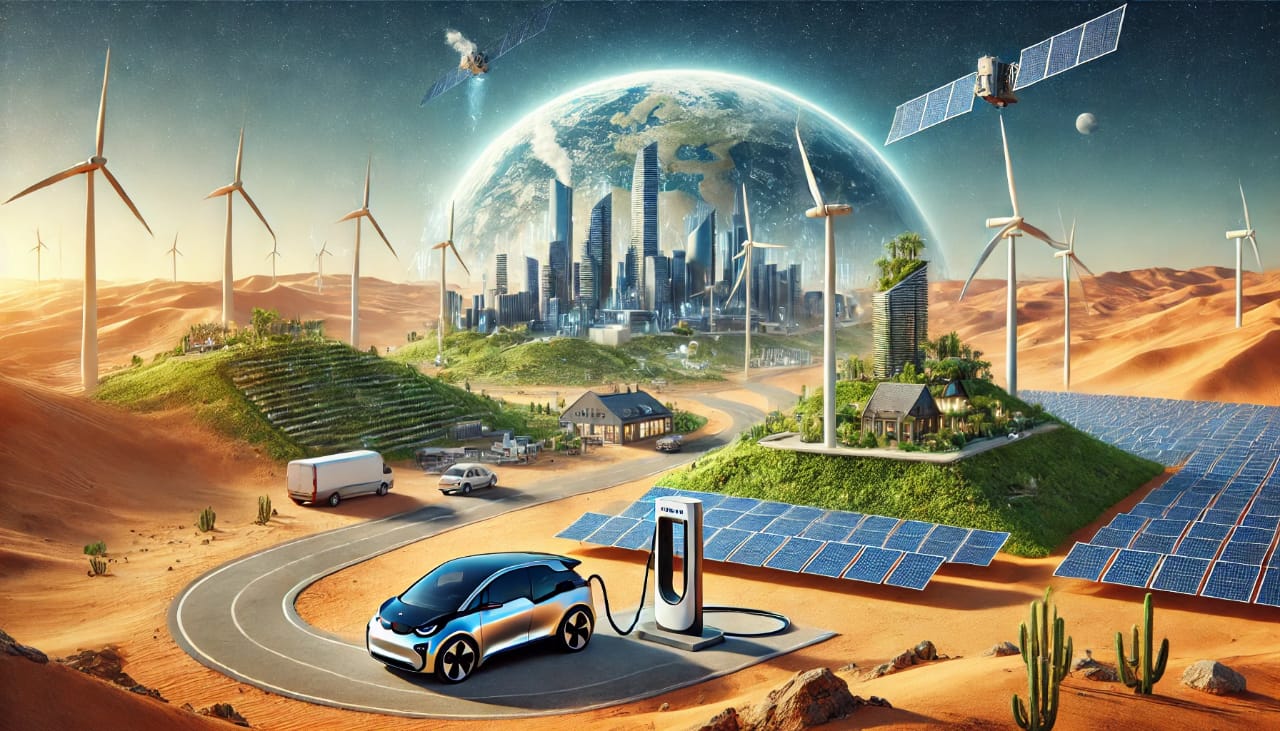
Introduction
Climate change is one of the most pressing issues of our time, with impacts ranging from rising sea levels to extreme weather events. Addressing this global crisis requires urgent action, and technology is stepping up as a powerful ally in the fight. From renewable energy innovations to advanced climate monitoring tools, technology is reshaping our approach to combating climate change.
Renewable Energy Innovations
Solar Power Advancements
Solar energy is revolutionizing the renewable energy sector. Modern solar panels are more efficient and affordable, making it easier for households and businesses to harness the sun’s power. Innovations like solar farms and decentralized energy grids are paving the way for a cleaner, more sustainable future.
Wind Energy Developments
Wind turbines, both offshore and onshore, are becoming more efficient and cost-effective. Artificial intelligence (AI) plays a key role in optimizing wind energy production by predicting wind patterns and adjusting turbine performance in real-time.
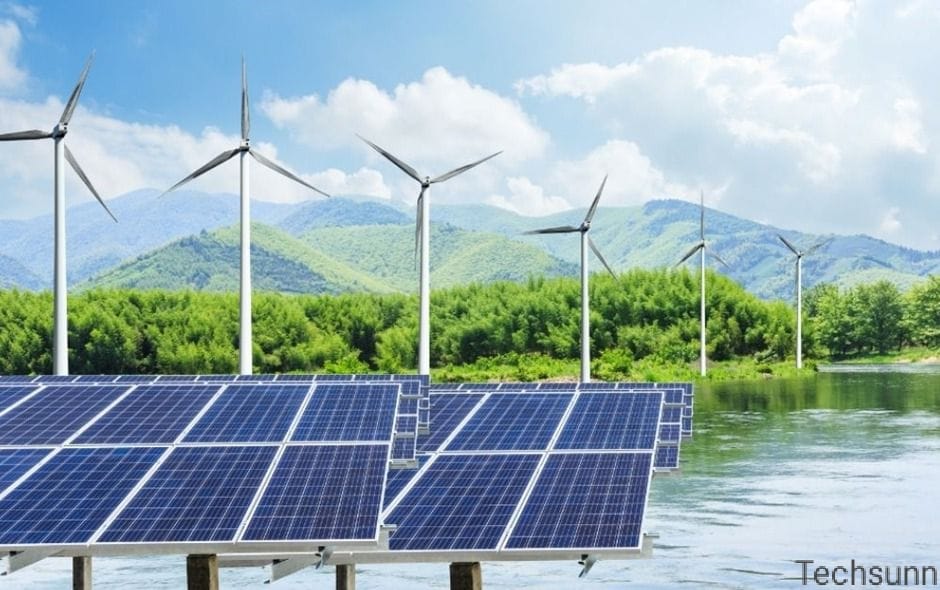
Smart Grids and Energy Storage
What Are Smart Grids?
Smart grids are intelligent energy networks that balance supply and demand efficiently. They integrate renewable energy sources seamlessly and ensure minimal energy waste, creating a more resilient power infrastructure.
Breakthroughs in Energy Storage
Advances in battery technology, such as lithium-ion and solid-state batteries, are critical for storing renewable energy. Grid-scale storage solutions are ensuring a steady supply of green energy, even when the sun isn’t shining or the wind isn’t blowing.
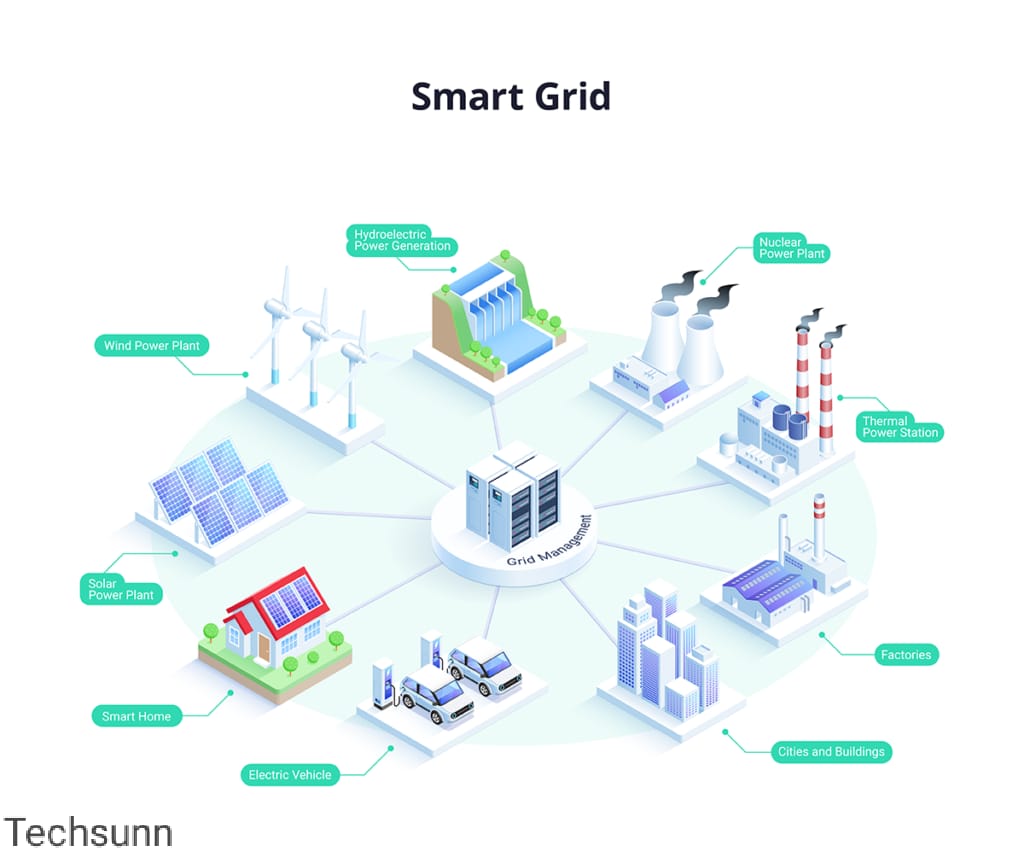
Electric and Alternative Vehicles
Electric Vehicles (EVs)
The rise of EVs is transforming the transportation sector. With increasing adoption rates and better charging infrastructure, EVs are reducing reliance on fossil fuels. Innovations like wireless charging and ultra-fast chargers are addressing infrastructure challenges.
Hydrogen-Powered Transportation
Hydrogen fuel cells offer a promising alternative for heavy-duty vehicles and long-distance travel. These cells emit only water vapor, making them a cleaner option than traditional fuels.
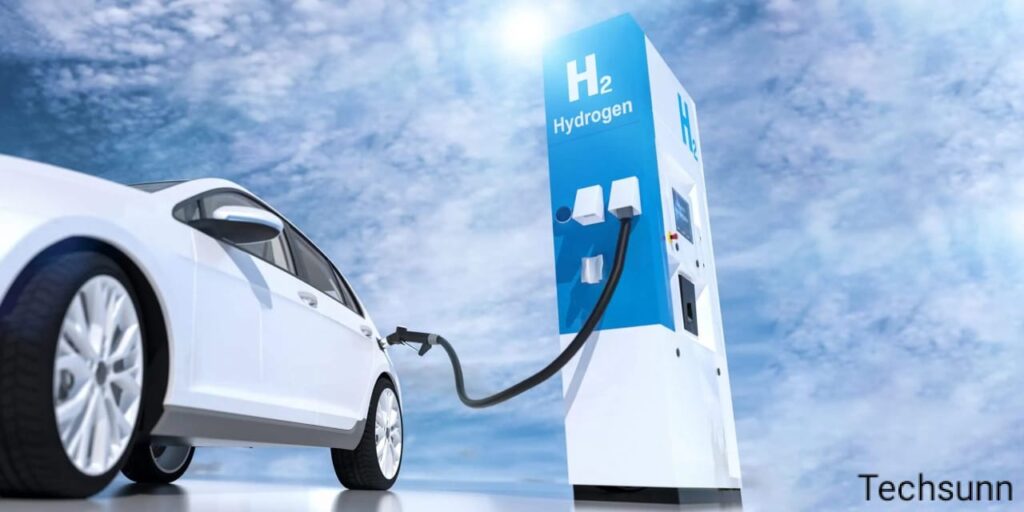
Autonomous Vehicles
Self-driving cars aren’t just futuristic—they’re also eco-friendly. By optimizing routes and reducing idle times, autonomous vehicles can significantly cut greenhouse gas emissions.
Sustainable Agriculture Technologies
Precision Farming
Precision farming uses IoT devices to monitor soil health, water levels, and crop growth. This data-driven approach ensures efficient use of resources and minimizes waste.
Vertical Farming
Vertical farming reduces land and water consumption by growing crops in controlled environments. It’s an innovative solution for urban areas with limited space.
AI and Data Analytics in Agriculture
AI tools analyze vast amounts of agricultural data to improve yields and reduce waste. These technologies empower farmers to make smarter decisions, ultimately boosting sustainability.
Carbon Capture and Storage (CCS)
What Is CCS?
Carbon capture and storage technology captures CO2 emissions before they reach the atmosphere and stores them underground. This approach is vital for reducing emissions from industries that are hard to decarbonize.
Current Projects and Innovations
Numerous CCS projects worldwide are showing promise. For example, Norway’s Northern Lights project is a groundbreaking initiative capturing and storing industrial CO2 emissions beneath the North Sea.
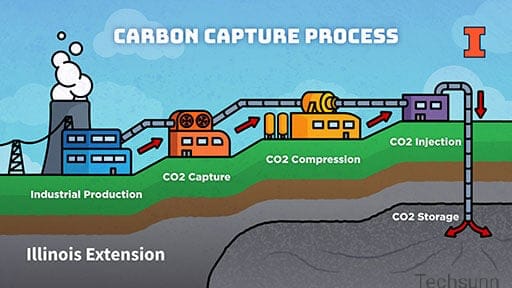
Climate Monitoring and Early Warning Systems
Satellite Technology
Satellites provide critical data on climate patterns, helping scientists track changes in real-time. This technology supports accurate forecasting and better disaster preparedness.
AI and Predictive Models
AI-powered predictive models analyze historical data to forecast natural disasters, enabling timely interventions to minimize damage and save lives.
Sustainable Urban Development
Green Building Materials
Eco-friendly construction materials, like bamboo and recycled steel, are reducing the carbon footprint of buildings.
Smart Cities
Smart cities use IoT technology for efficient energy use, waste management, and transportation, creating urban environments that are both livable and sustainable.
Challenges in Scaling Climate Tech
High Costs and Funding Issues
Developing and deploying climate technologies often require significant investment. Finding funding sources and reducing costs are major hurdles.
Policy and Regulatory Barriers
Inconsistent policies and regulatory frameworks can slow the adoption of climate technologies, highlighting the need for global cooperation.
Public Awareness and Adoption
Educating the public about the benefits of these technologies is crucial for widespread adoption.
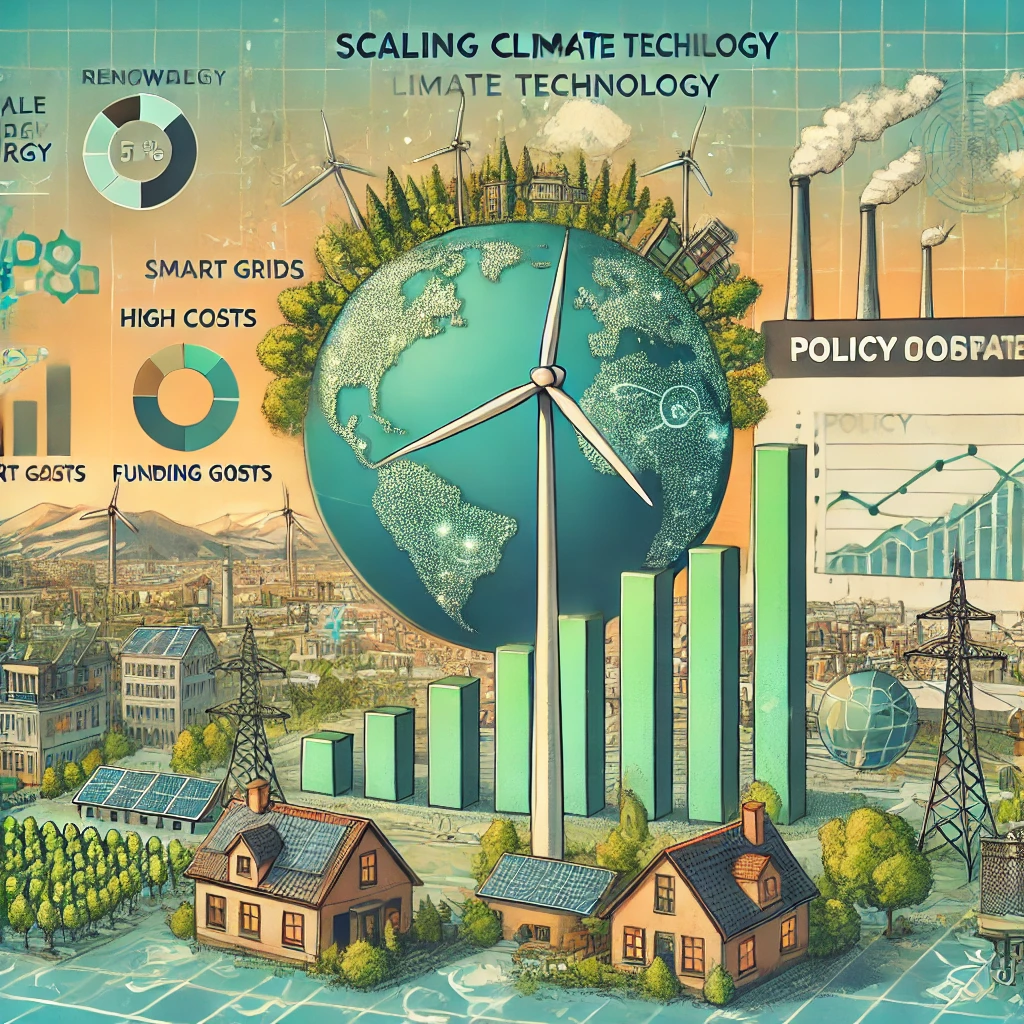
Conclusion
Technology offers incredible tools to combat climate change, but it’s not a standalone solution. Continued innovation, collaboration, and commitment are essential for a sustainable future. By leveraging advancements in renewable energy, agriculture, transportation, and more, we can create a world that thrives without compromising the environment.
FAQs
- How does renewable energy contribute to fighting climate change?
Renewable energy reduces reliance on fossil fuels, significantly cutting greenhouse gas emissions. - What role do smart grids play in reducing emissions?
Smart grids optimize energy distribution and minimize waste, enhancing the efficiency of renewable energy systems. - Why is carbon capture important?
Carbon capture technology prevents CO2 emissions from reaching the atmosphere, mitigating the impact of industrial processes. - How does technology help in sustainable agriculture?
Technologies like IoT and AI improve resource efficiency, reduce waste, and boost crop yields, making agriculture more sustainable. - What are the challenges of adopting climate technology?
High costs, regulatory barriers, and public awareness are significant challenges in scaling climate technology solutions.





Amazing